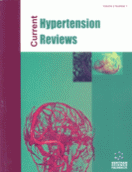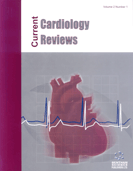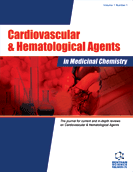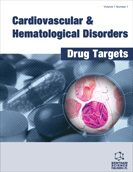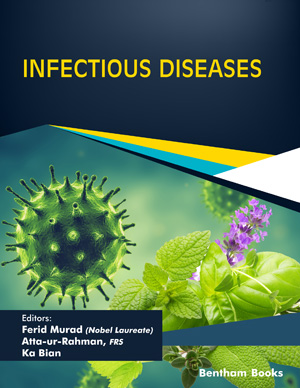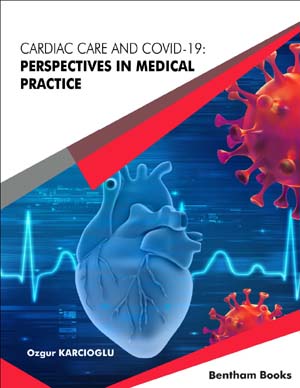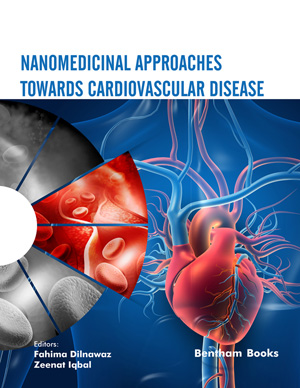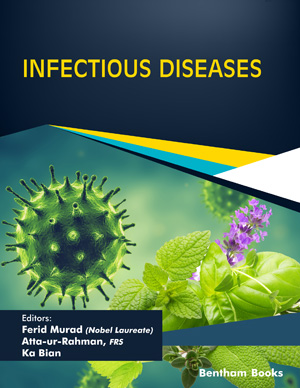Abstract
Background: Preeclampsia is a multisystem disorder affecting 5%-8% of pregnant women. Considering the ongoing debate over the predicting value of some commercial first trimester tests, the aim of this study was to compare the existing first-trimester screening tests for preeclampsia.
Methods: In this systematic review, relevant articles published during 2000-2017 were extracted from PubMed, Science Direct, Scopus, Cochrane Library, ISI Web of Science, and ProQuest databases. After a thorough evaluation of the 412 potentially eligible papers, only 28 papers were selected based on the inclusion criteria.
Results: From a total of 412 retrieved studies, 28 papers were found eligible. Most studies had casecontrol or nested case-control designs. A total of 15164 pregnant women were evaluated in the reviewed studies. Various tests were applied in the first trimester of pregnancy to predict the development of preeclampsia. The most commonly used biomarkers were uterine artery pulsatility index, pregnancy-associated plasma protein A (PAPP-A), adiponectin, human chorionic gonadotropin (hCG) hormone and inhibin-A. Other tests were used in only one or two studies.
Conclusion: Based on this review, a combination of markers should be evaluated for the identification of high-risk women. Novel methods measuring multiple markers will hopefully facilitate the development of clinically effective screening programs in the future.
Keywords: Preeclampsia, screening test, first trimester, screening tests, human Chorionic Gonadotropin (hCG) hormone, inhibin-A.
Graphical Abstract
Current Hypertension Reviews
Title:A Systematic Review of First Trimester Biochemical and Molecular Predictive Tests for Preeclampsia
Volume: 14 Issue: 1
Author(s): Fatemeh Abdi, Zohreh Aghaie, Fatemeh Sadat Rahnemaie and Zainab Alimoradi*
Affiliation:
- Social Determinants of Health Research Centre (SDH), Qazvin University of Medical Sciences, Qazvin,Iran
Keywords: Preeclampsia, screening test, first trimester, screening tests, human Chorionic Gonadotropin (hCG) hormone, inhibin-A.
Abstract: Background: Preeclampsia is a multisystem disorder affecting 5%-8% of pregnant women. Considering the ongoing debate over the predicting value of some commercial first trimester tests, the aim of this study was to compare the existing first-trimester screening tests for preeclampsia.
Methods: In this systematic review, relevant articles published during 2000-2017 were extracted from PubMed, Science Direct, Scopus, Cochrane Library, ISI Web of Science, and ProQuest databases. After a thorough evaluation of the 412 potentially eligible papers, only 28 papers were selected based on the inclusion criteria.
Results: From a total of 412 retrieved studies, 28 papers were found eligible. Most studies had casecontrol or nested case-control designs. A total of 15164 pregnant women were evaluated in the reviewed studies. Various tests were applied in the first trimester of pregnancy to predict the development of preeclampsia. The most commonly used biomarkers were uterine artery pulsatility index, pregnancy-associated plasma protein A (PAPP-A), adiponectin, human chorionic gonadotropin (hCG) hormone and inhibin-A. Other tests were used in only one or two studies.
Conclusion: Based on this review, a combination of markers should be evaluated for the identification of high-risk women. Novel methods measuring multiple markers will hopefully facilitate the development of clinically effective screening programs in the future.
Export Options
About this article
Cite this article as:
Abdi Fatemeh , Aghaie Zohreh, Rahnemaie Sadat Fatemeh and Alimoradi Zainab *, A Systematic Review of First Trimester Biochemical and Molecular Predictive Tests for Preeclampsia, Current Hypertension Reviews 2018; 14 (1) . https://dx.doi.org/10.2174/1573402114666180416160425
| DOI https://dx.doi.org/10.2174/1573402114666180416160425 |
Print ISSN 1573-4021 |
| Publisher Name Bentham Science Publisher |
Online ISSN 1875-6506 |
 33
33 12
12
- Author Guidelines
- Bentham Author Support Services (BASS)
- Graphical Abstracts
- Fabricating and Stating False Information
- Research Misconduct
- Post Publication Discussions and Corrections
- Publishing Ethics and Rectitude
- Increase Visibility of Your Article
- Archiving Policies
- Peer Review Workflow
- Order Your Article Before Print
- Promote Your Article
- Manuscript Transfer Facility
- Editorial Policies
- Allegations from Whistleblowers
Related Articles
-
Reactive Oxygen Species, Nitric Oxide and Hypertensive Endothelial Dysfunction
Current Hypertension Reviews Alterations of Sex Differentiation in Males: From Candidate Genes to Diagnosis and Treatments
Current Pharmaceutical Design Towards Drug Discovery for Brain Tumours: Interaction of Kinins and Tumours at the Blood Brain Barrier Interface
Recent Patents on CNS Drug Discovery (Discontinued) Clinical Use of Aspirin in Ischemic Heart Disease: Past, Present and Future
Current Pharmaceutical Design Role of CGRP-Receptor Component Protein (RCP) in CLR/RAMP Function
Current Protein & Peptide Science 7-Difluoromethyl-5, 4’-Dimethoxygenistein Reverses LPC-Induced Apoptosis of HUVE-12 Cells Through Regulating Mitochondrial Apoptosis Pathway
Current Signal Transduction Therapy Novel Oral Anticoagulants in Peripheral Arterial and Coronary Artery Disease
Cardiovascular & Hematological Agents in Medicinal Chemistry Untargeted Metabolomics Provides Insight into the Mechanisms Underlying Resistant Hypertension
Current Medicinal Chemistry Mechanism and Development of Modern General Anesthetics
Current Topics in Medicinal Chemistry Pleiotropic Effects of ARB on Dyslipidemia
Current Vascular Pharmacology Why Not to Use the Handgrip Test in the Assessment of Cardiovascular Autonomic Neuropathy Among Patients with Diabetes Mellitus?
Current Vascular Pharmacology Proteins Structures in Leishmania Amastigotes for Clinical Remission of Psoriasis
Current Proteomics Antiplatelet Therapies: Aspirin at the Heart of New Directions
Cardiovascular & Hematological Disorders-Drug Targets Role of Chymase in Preeclampsia
Current Vascular Pharmacology Secondary Hypertension: The Ways of Management
Current Vascular Pharmacology Pharmacological Treatment of Obesity: Current Standards and Future Perspectives
Immunology, Endocrine & Metabolic Agents in Medicinal Chemistry (Discontinued) Angiotensin II Roles in Human Vascular Tone Control
Clinical Immunology, Endocrine & Metabolic Drugs (Discontinued) Inhibition of Renin-Angiotensin System and Advanced Glycation End Products Formation: A Promising Therapeutic Approach Targeting on Cardiovascular Diseases
Cardiovascular & Hematological Agents in Medicinal Chemistry Aliskiren: A New Drug for an Old Problem
Cardiovascular & Hematological Agents in Medicinal Chemistry Antioxidants in the Treatment of Diabetes
Current Diabetes Reviews


